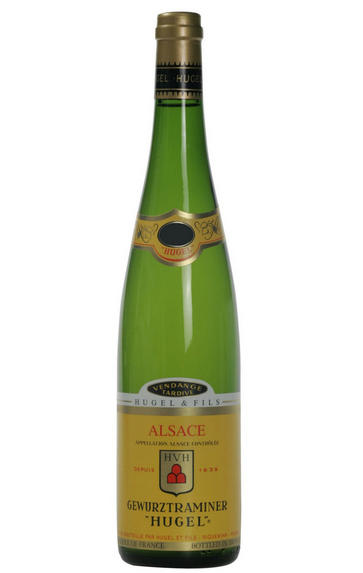
2010 Gewurztraminer, Sélection de Grains Nobles, Famille Hugel, Alsace
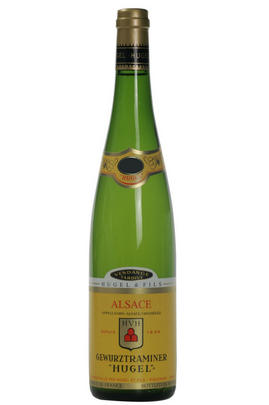
Critics reviews
Deep gold with lots of botrytis on the nose and wonderful satin texture. Massively sweet but with quite enough acidity. Really fine and beautifully balanced. Already offering masses of pleasure. Some tartrates and an undertow of savoury nerve to stop it being sickly at all.
Drink 2015 - 2025
Jancis Robinson MW, JancisRobinson.com (August 2016)
For a long time, explains Marc Hugel, the thought was to blend two lots of 2010 Gewurztraminer S.G.N., but in the end, each was bottled separately, of which the Hugel 2010 Gewurztraminer Selection de Grains Nobles R – which they refer to but have not labelled as lot “R” – leads with scents of truffle, candied grapefruit rind and smoked meat, backed-up by a concentration of these flavours on a surprisingly firm, bright palate for this grape and genre, shot-through with invigoratingly biting black pepper, peppermint oil and caraway.
There is a brash, raw intensity to this elixir and its rivetingly sustained finish, befitting its unusually high-acid, high-extract, high-energy vintage and its youth. I would anticipate some real excitement from it through at least 2040.
Drink 2014 - 2040
David Schildknecht, Wine Advocate (August 2014)
Carefully selected grapes from Hugel's oldest plots in the Schoenenbourg, picked over the course of a month from 27 September, make up this deliciously sweet wine. Yields were down by 30%, leading to an incredibly intense palate of rich orange peel, stone fruit and honey. Still youthful, the wave of fresh acidity and lime zest on the finish perfectly balance the earlier richness and make this one you'll want to lie down for a while if you can resist drinking it now.
Drink 2018 - 2043
James Button, Decanter.com (November 2018)
About this WINE
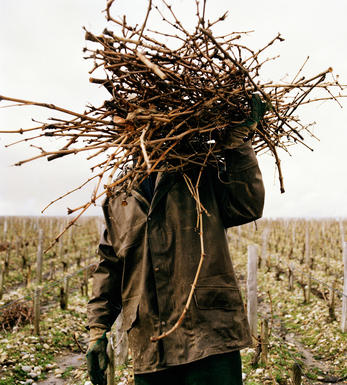
Hugel et Fils
Now run by the 13th generation, Hugel is one of the oldest family estates in Alsace. Hugel enjoys a well-earned reputation for its wines at every level, but particularly for its dry Grand Cru Riesling and the sweet late-harvest and botrytised styles.
About the producer
Hugel was founded in Riquewihr in 1639 by Hans Ulrich Hugel. It has remained in the family ever since. The modern era here began in 1902 when Frédéric Emile Hugel moved the business to premises in the centre of the village. He was a true pioneer of Alsace wines, responsible for obtaining official recognition for the late-harvest Vendange Tardive and botrytised Sélection de Grains Nobles wines. The domaine continues to make some of the finest examples of these styles.
The family makes wine using fruit from its own vineyards and from local growers with whom they have long-term contracts. The range includes wines from all the regional varieties, though as with most top Alsatian producers, it is Hugel’s Rieslings which are most highly prized.
In the vineyard
The Hugel family’s vineyards cover more than 25 hectares, exclusively in Riquewihr, almost half of which are classified as Grand Cru. The vineyards, whose average vine age is at least 30 years, are managed organically. Yields are rigorously controlled by trellising methods, canopy management and thinning of excess bunches. Harvest is done by hand, where careful selection also manages yields.
As well as farming their own estate, the family purchase grapes from growers under long-term contract, farming more than 100 hectares. This enables Hugel to use fruit from a dozen of the best villages in the surrounding areas.
In the winery
Grapes are inspected and sorted on arrival to the winery, and presses are filled by gravity. Both stainless-steel tanks and oak foudres are used for maturation, varying depending on the grape variety and quality level.
Hugel divide their extensive range into four levels: Famille Hugel Classics, made from purchased fruit; Famille Hugel Estate, made exclusively from estate-grown grapes; Hugel Tradition and Famille Hugel Grossi Laüe (formerly Hugel Jubilee), both using a combination of purchased and estate grapes, from the most favoured sites in the portfolio.
The range also includes separate categories for their Vendange Tardive and Sélection de Grains Nobles wines, Gentil (a blend of regional varieties) and a wine from Grand Cru Schoenenbourg called Riesling Schoelhammer, launched in 2007.
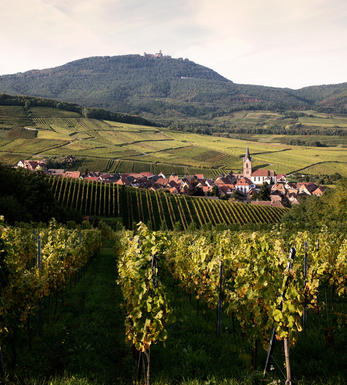
Gewürztraminer AOC Alsace
Gewürztraminer AOC Alsace wines are highly esteemed for their distinctive characteristics and origin in northeastern France's Alsace region. The name "Gewürztraminer" provides a clue to the grape's aromatic and flavorful profile. "Gewürz" translates to "spiced," indicating the wine's propensity for intense, complex aromas and flavours.
The grape variety Gewürztraminer is believed to have originated in the Tramin region of Italy before finding its way to Alsace. It is renowned for its highly aromatic and expressive qualities. The wines produced from this grape offer a captivating olfactory experience with a wide range of fragrances. The most notable aromas in Gewürztraminer wines from Alsace include floral notes like rose petals, jasmine, and honeysuckle. Fruit aromas are also prominent, with lychee, peach, apricot, and tropical fruits like pineapple and mango often present.
The Alsace wine region, nestled in northeastern France along the border with Germany, provides an ideal terroir for Gewürztraminer cultivation. The area benefits from a cool climate, which allows for producing aromatic white wines. Unlike many other wine regions, Alsace labels its wines by grape variety rather than regional names. This emphasis on grape variety showcases each grape's distinct character and expression, including Gewürztraminer.
The wines are typically rich and full-bodied. They often have slight oiliness on the palate, adding to their unique texture. While Gewürztraminer can have a hint of sweetness, most examples from Alsace are generally dry or off-dry (slightly sweet) in style. Combining the wine's weight, richness, and aromatic intensity creates a unique and memorable experience for the palate.
While Gewürztraminer wines are often consumed in their youth to enjoy fresh aromas, some Alsace producers craft age-worthy examples. With proper cellaring, Gewürztraminer can develop complex secondary aromas and flavours, including nuances of honey, gingerbread, and exotic spices. This ageing potential adds further depth and intrigue to these wines.
One distinct feature of Alsace wines, including Gewürztraminer, is the tall and slender bottle shape known as the "flûte d'Alsace." This unique design originated in the 18th century and continues to be used today to differentiate Alsace wines from other regions.
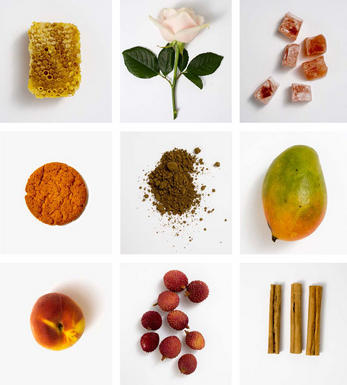
Gewürztraminer
Gewürztraminer is a high quality white grape which produces classic varietal wines in the Alsace region of France.
It is the second most widely planted grape in Alsace and the most widely planted in the Haut-Rhin where it is particularly well suited to the clay-rich soils found in the Vosges foothills. It is normally fermented dry and produces golden, medium to full-bodied wine with heady aromas of lychees, rose petals and white peaches.
It attains naturally high sugar levels far in excess of Riesling and this makes it ideal for sweet, late harvest wines. These can be unctuously sweet and luscious and the best can last for decades. Rieffel, Hugel and Zind Humbrecht consistently produce the finest Gewürztraminer wines in Alsace.
It is also planted in Germany (specifically in the Rheinpfalz and Baden regions), Austria, the Alto Adige in Italy and to a lesser extent in Australia, New Zealand and California. Gerwürz means spice in German, although this pink-skinned grape tends to produce exotically perfumed rather than spice laden wines.


Buying options
Add to wishlist
Description
Intense aromas of tinned lychees leap from the glass, no doubt about which grape variety this is made from. Very sweet on the palate, reminiscent of the syrup those tinned lychees are in, but great acidity there to keep the sweetness in check. Loads of exotic fruit notes, lychees, manga, papaya and guava are all there, plus some ripe pineapple notes. A very special dessert wine, long and fine. Residual sugar is 139 g/l.
Chris Pollington, Account Manager, Berry Bros. & Rudd
wine at a glance
Delivery and quality guarantee